Announcing a New Membership Benefit
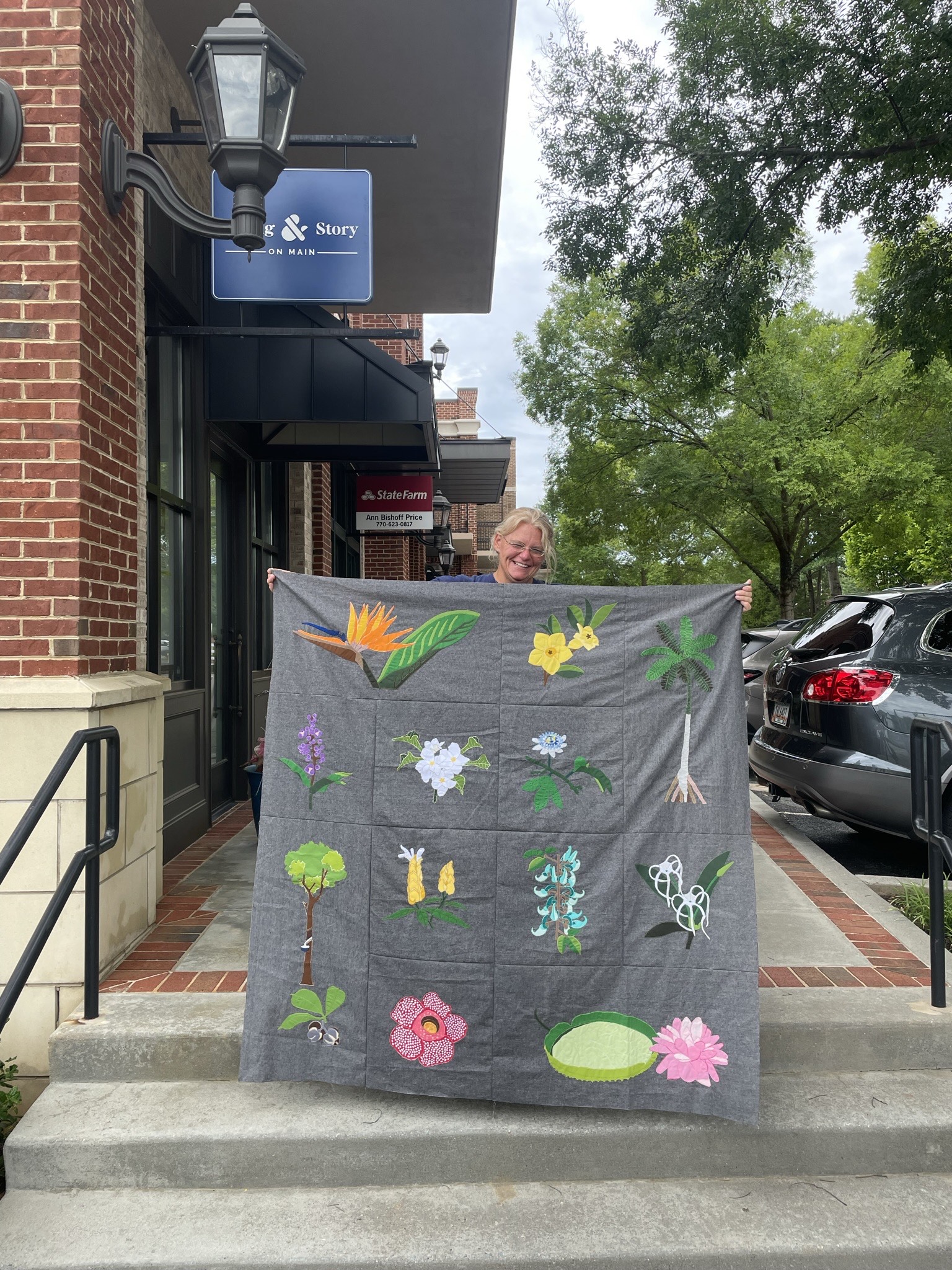
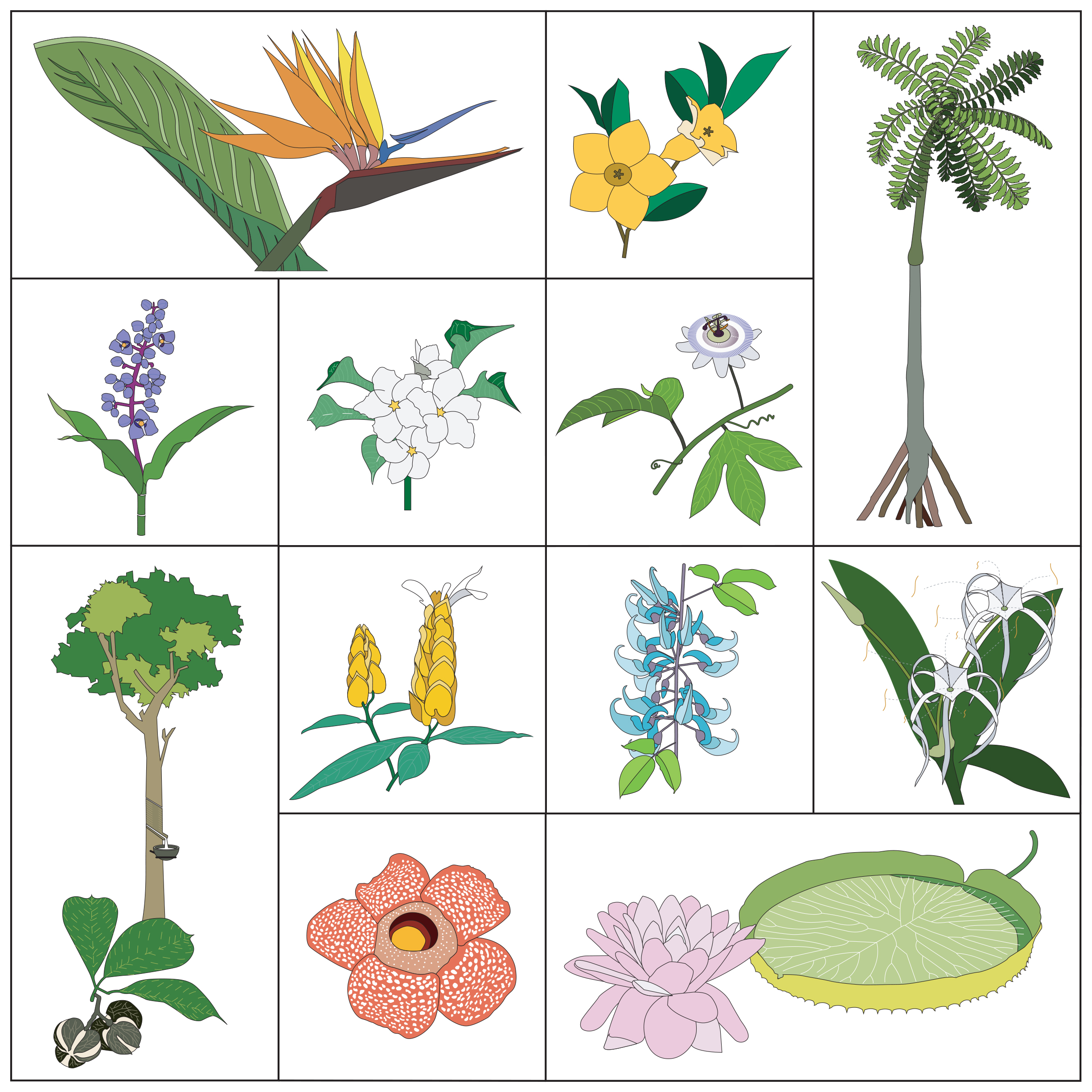
Block #9 – Georgia Bonesteel
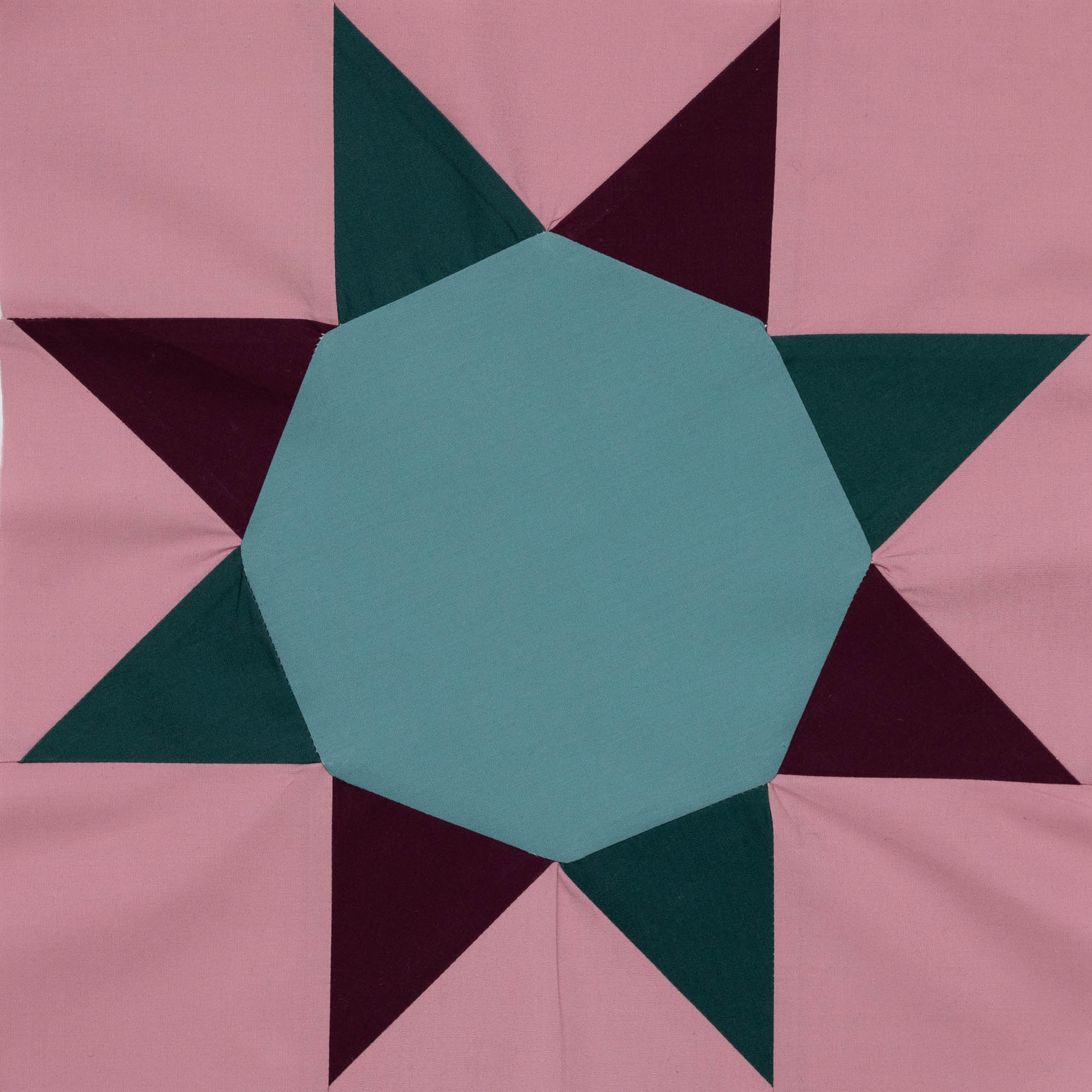
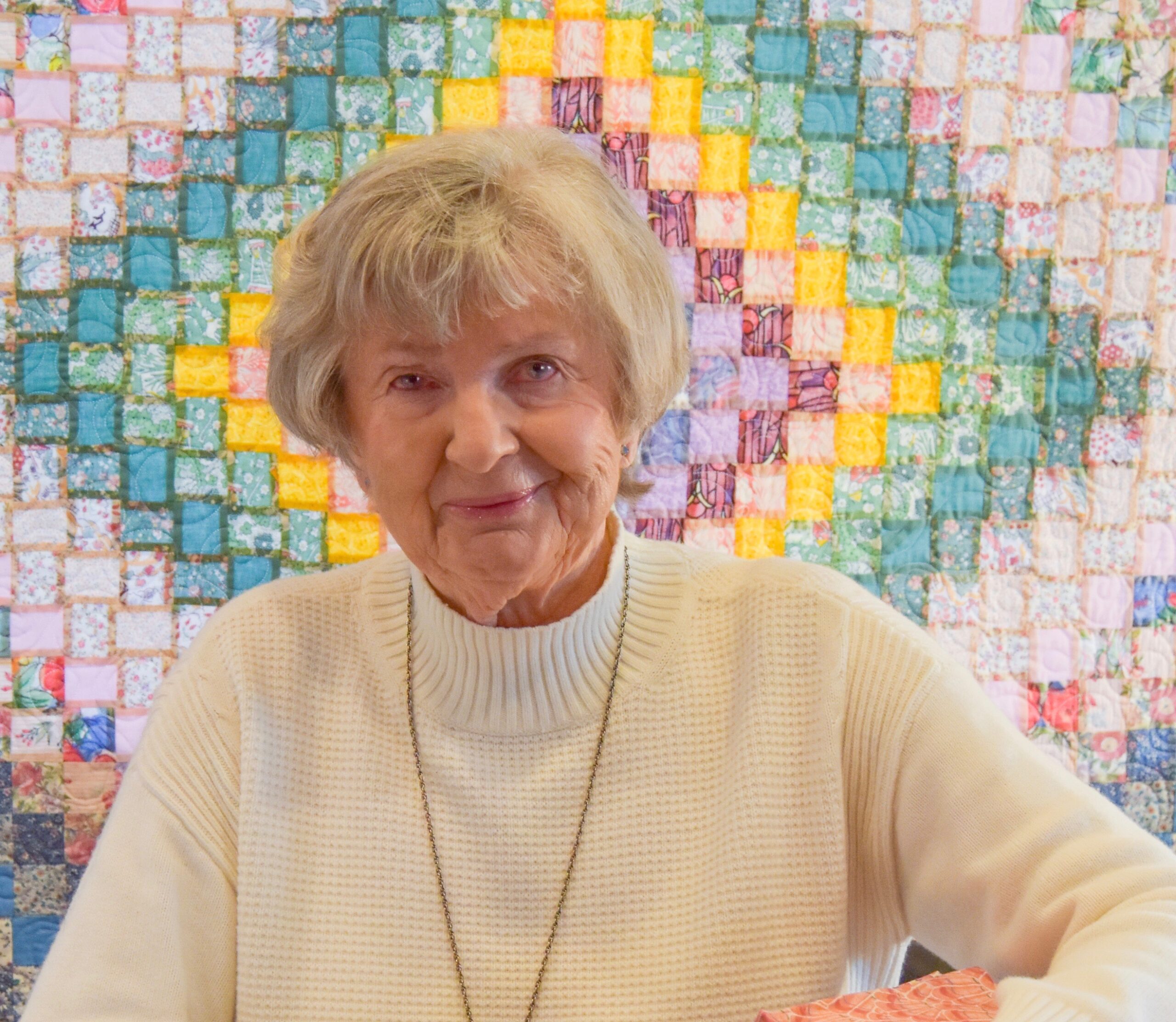
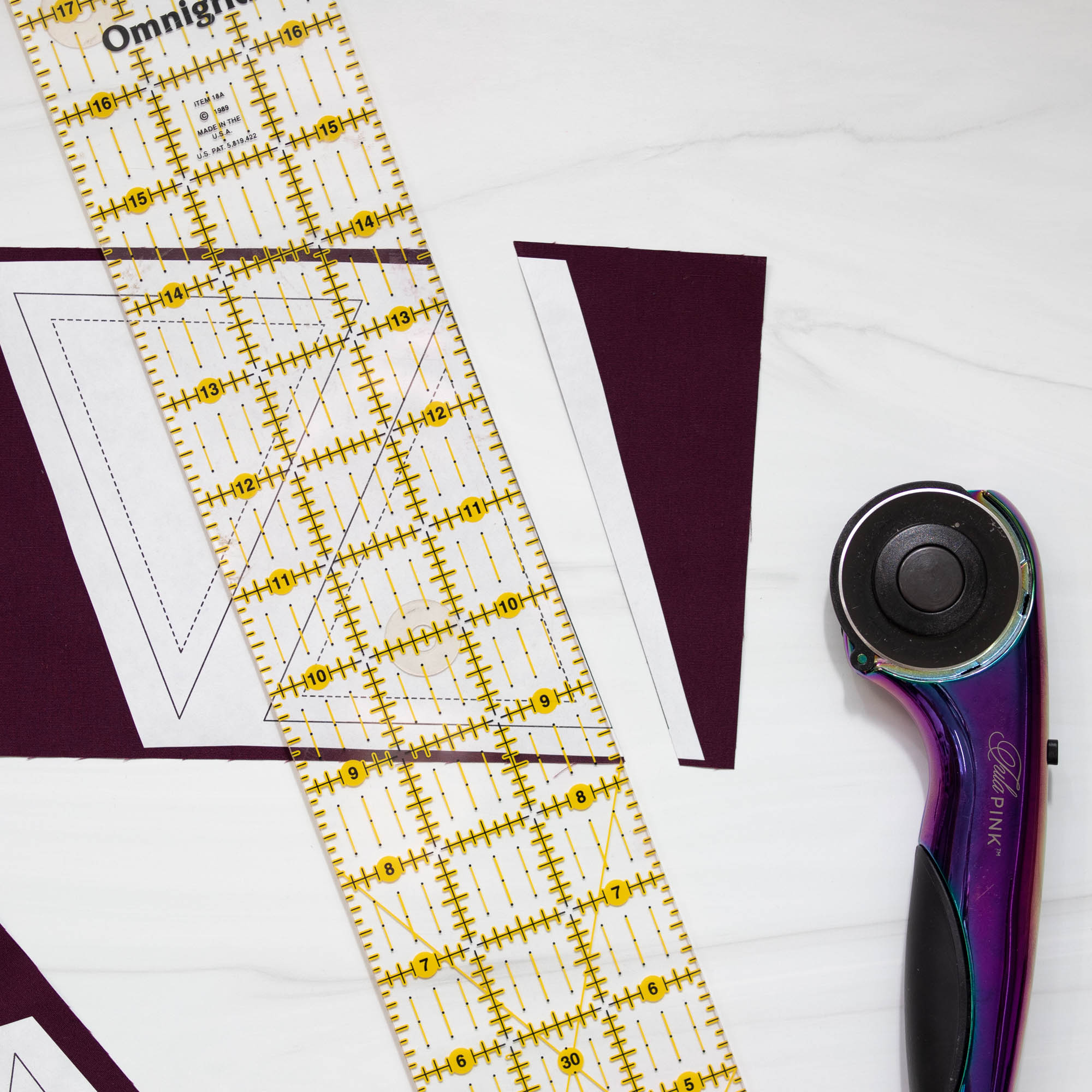
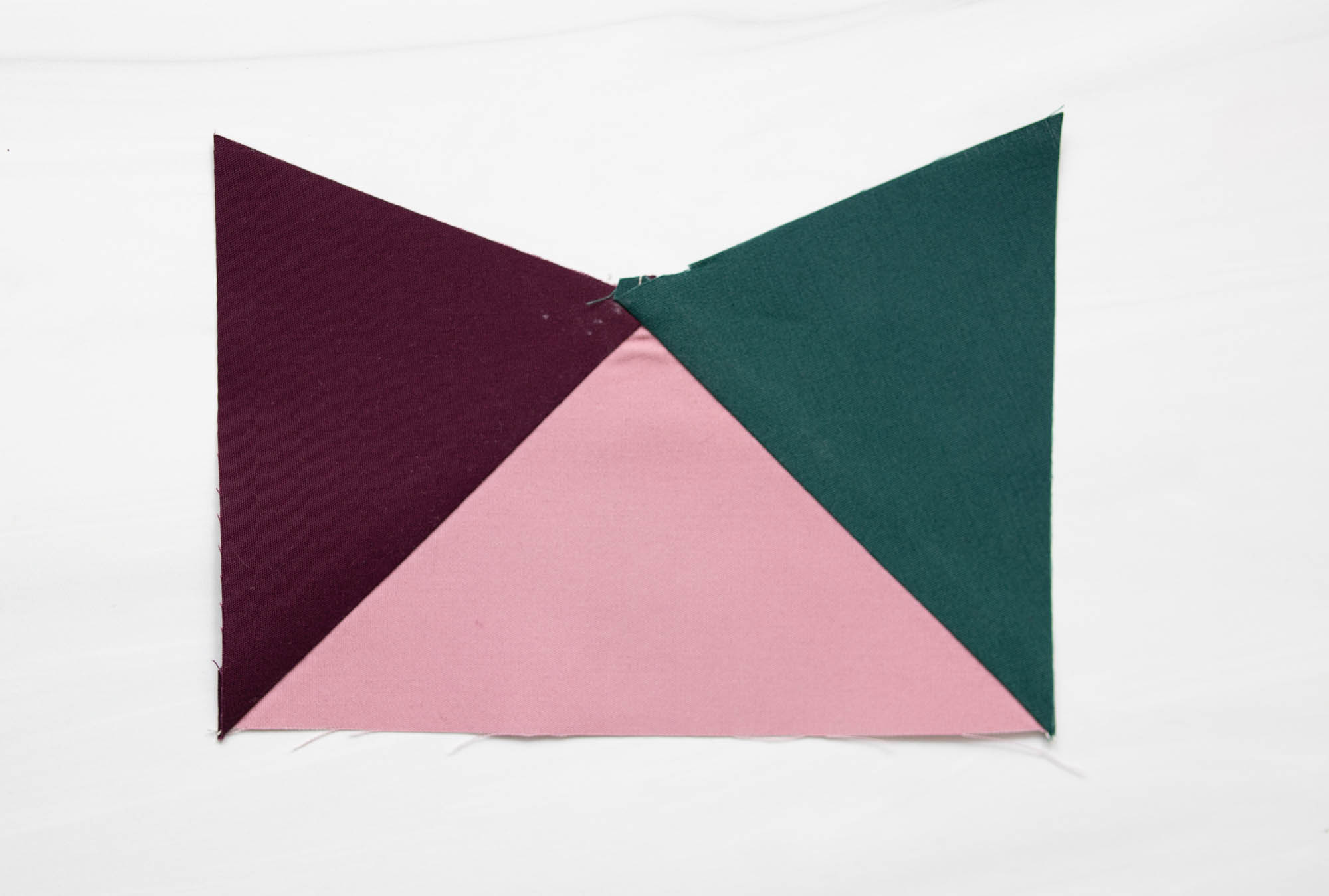
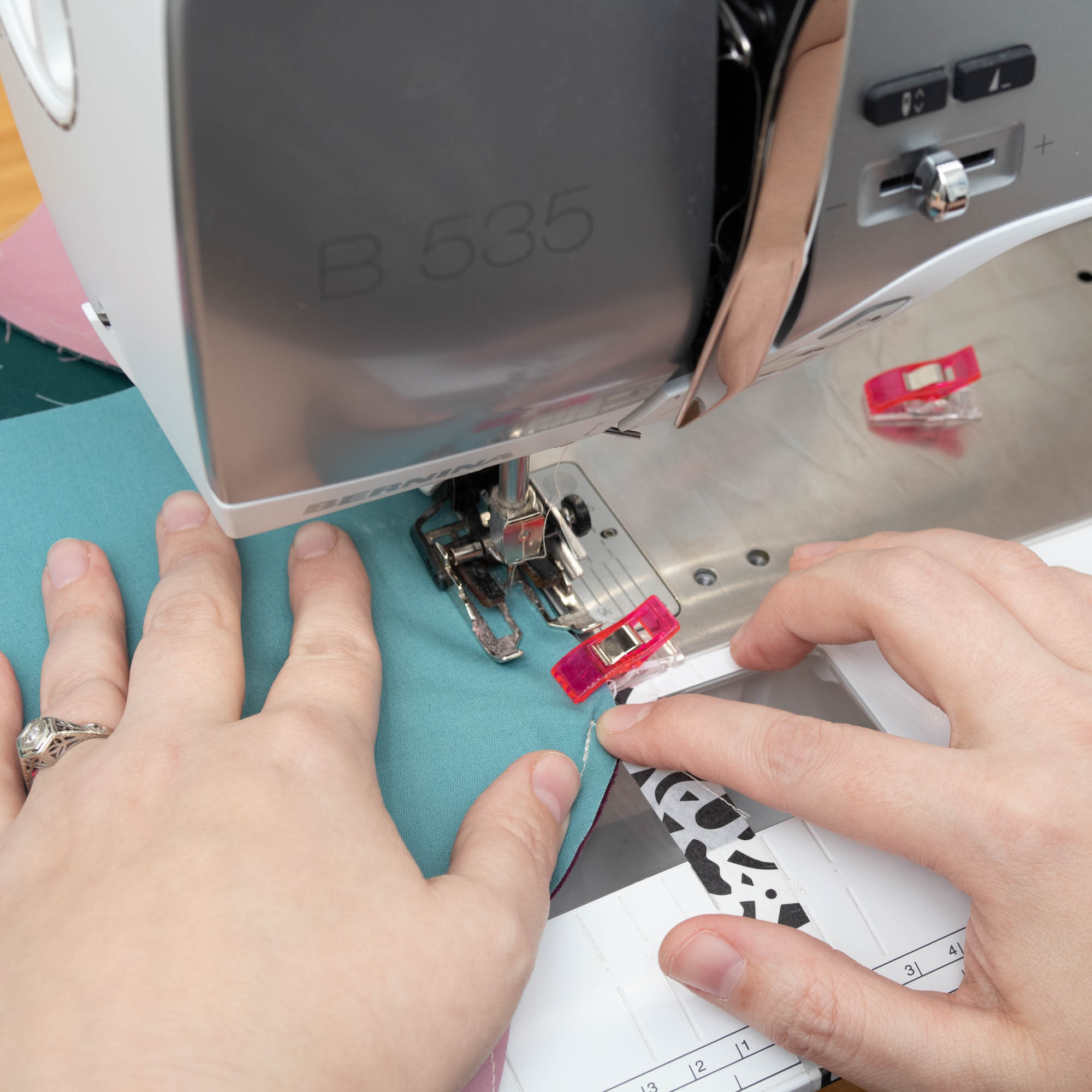
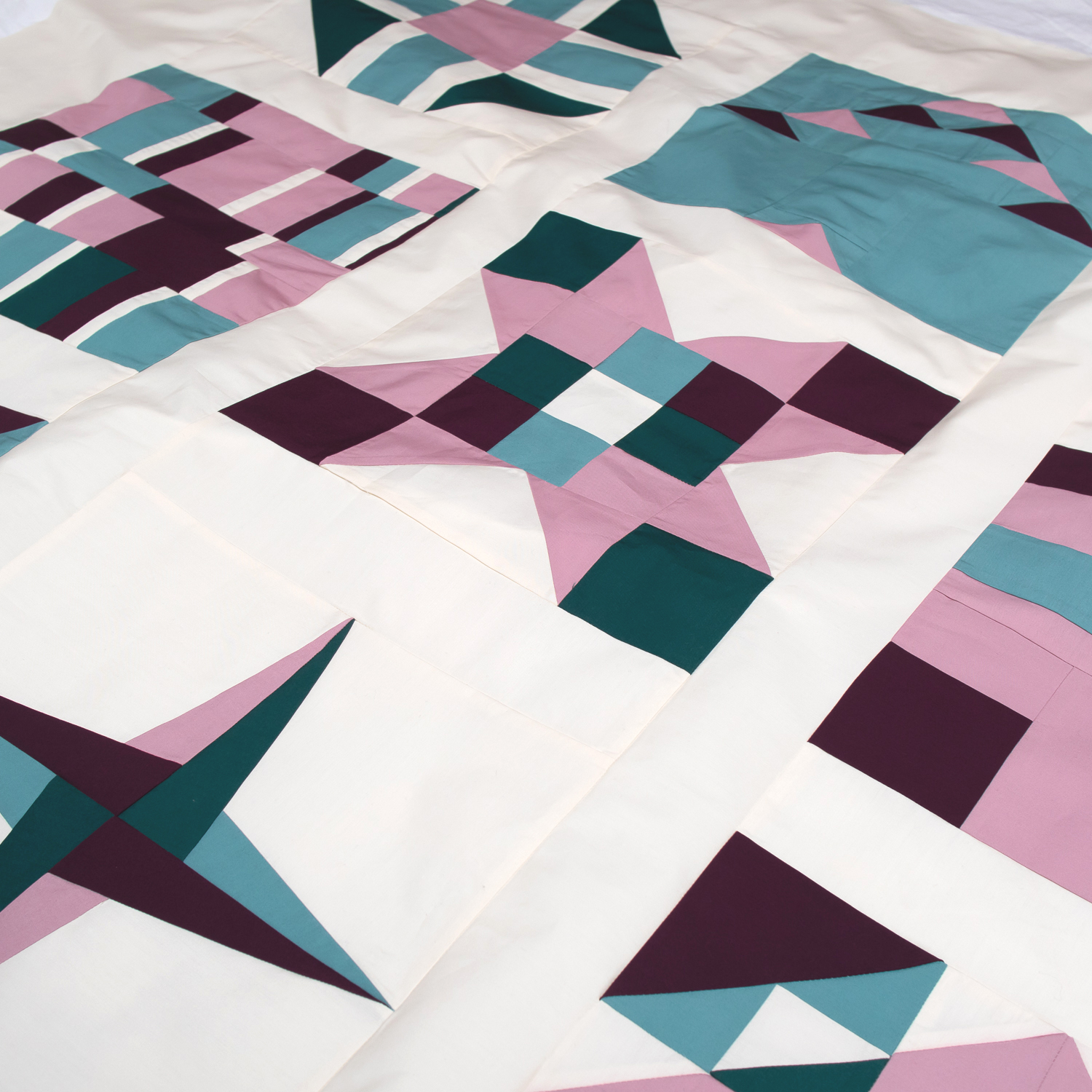
Block #8 – Carole Lyles Shaw
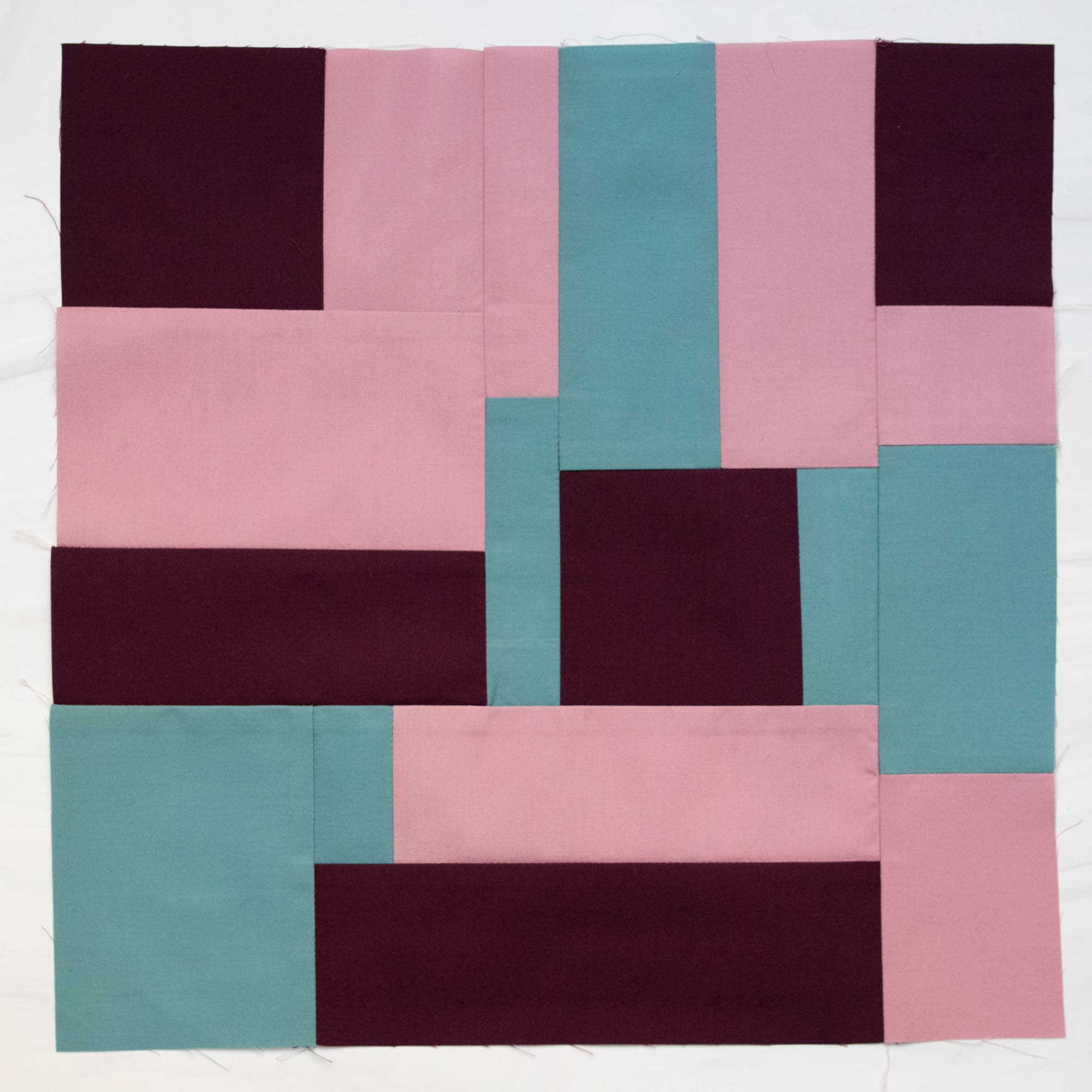
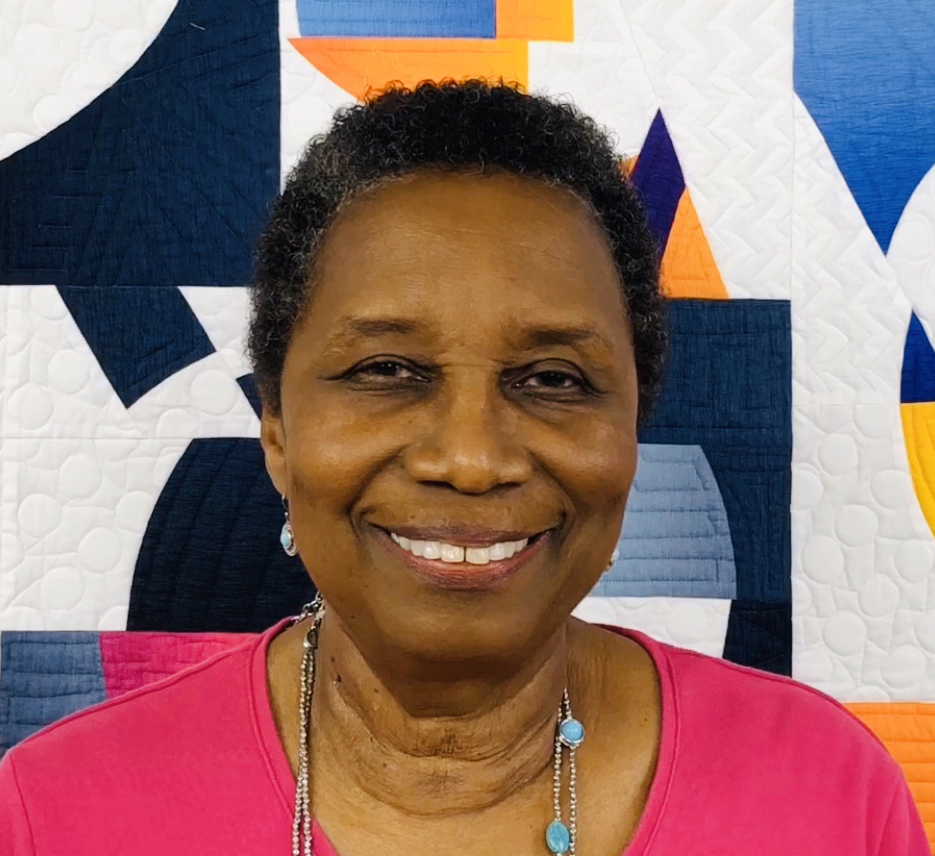
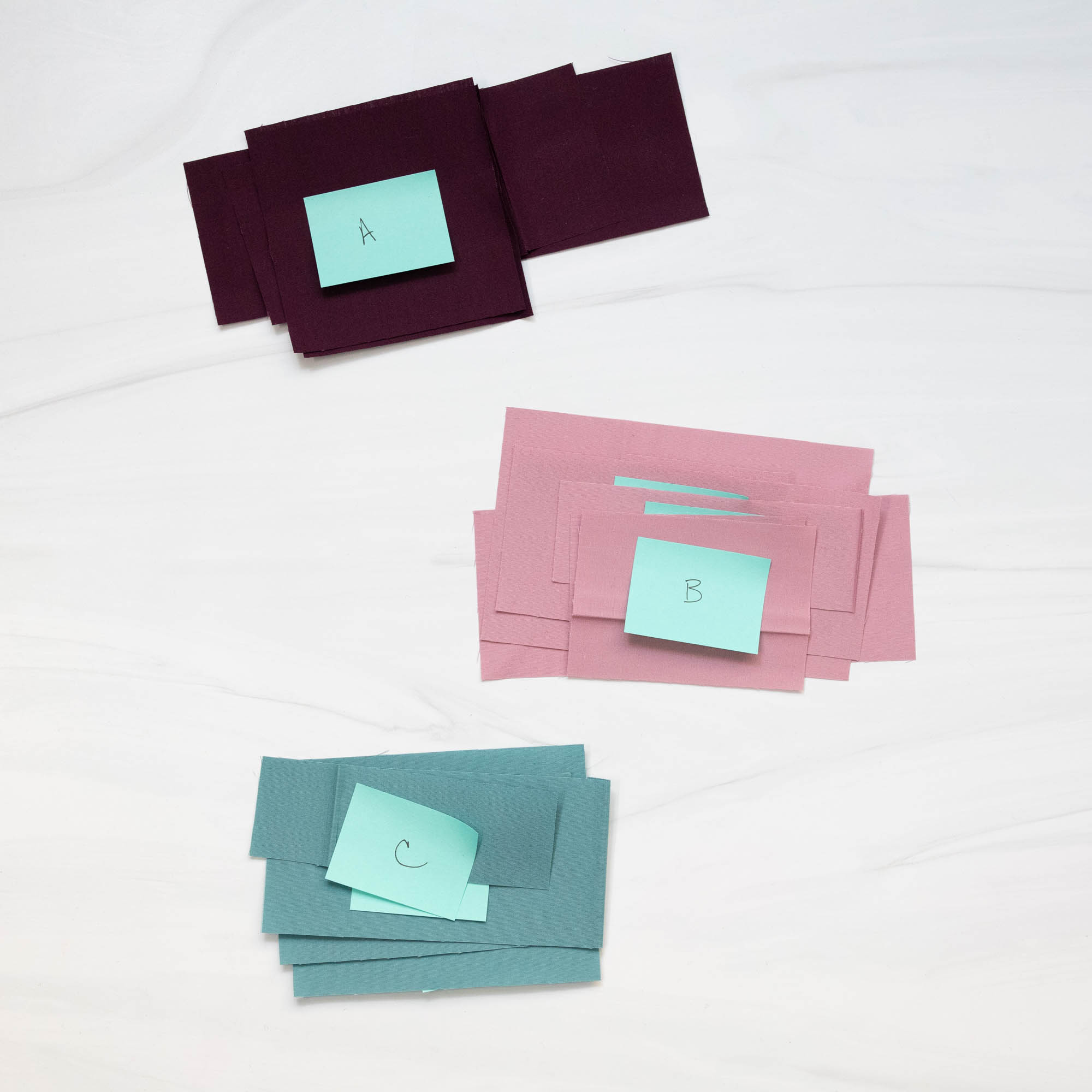
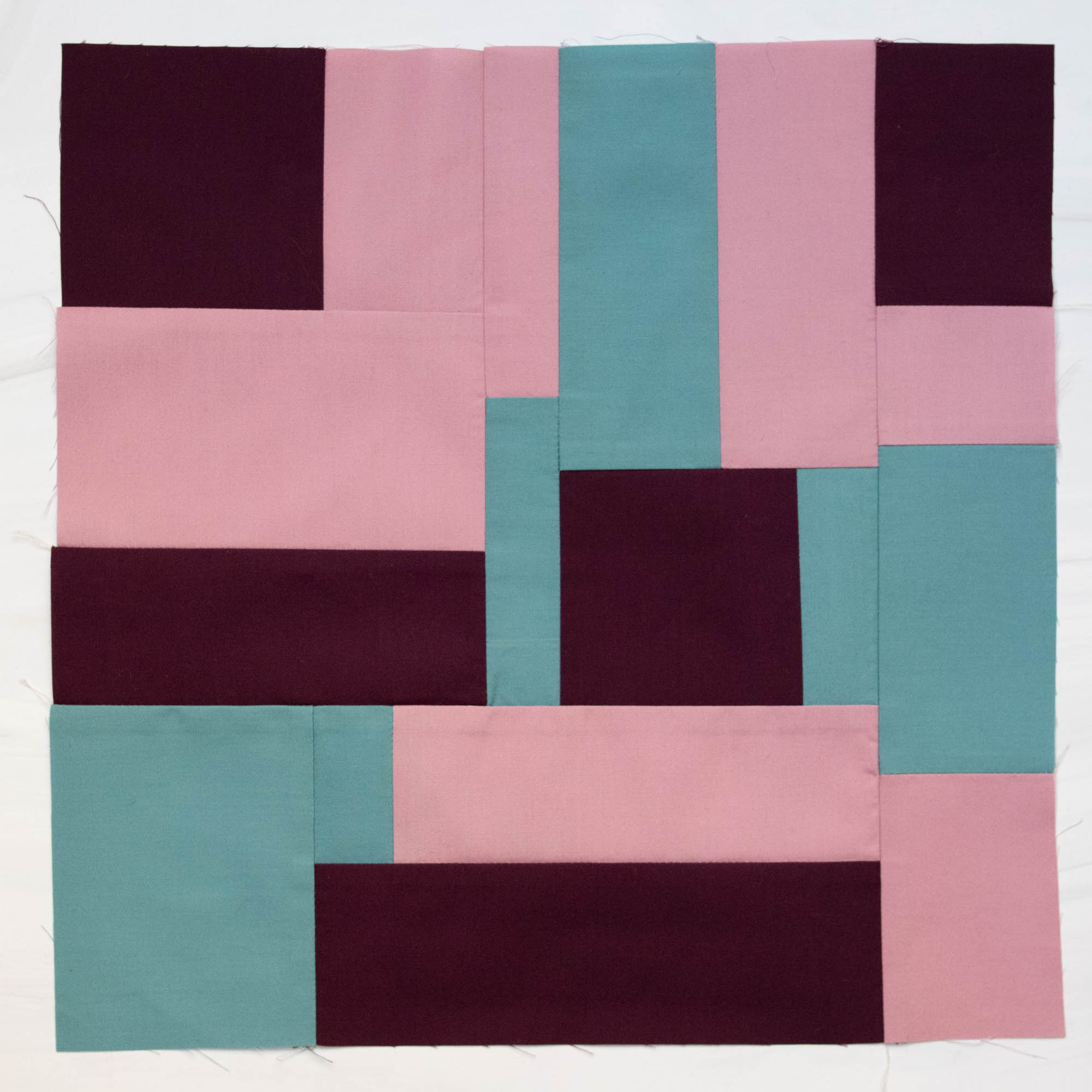
Getting ready for the Birthday Block of the Month!
We Are Our Stories
Why QSOS is Special
Quilt Puzzle: The Darwin Quilt
Quilt Puzzle: Bat Love
Do you love Baltimore Album Quilts?
If you love Baltimore Album Quilts, then don’t miss the recording of “The Mysteries of Baltimore Album Quilts: 4 panelists = 100 Years of Obsession,” originally presented by the Quilt Alliance in partnership with Quiltfolk magazine for Textile Talks on Wednesday, February 16, 2022. View the recording below. Presenters: Meg Cox, moderator Panelists: Deborah Cooney, Mimi Dietrich, Nancy Kerns, and Ronda Harrell McAllen. Download the Baltimore Album Quilt Resource document prepared by our panelists. If you enjoy this content, please help us continue documenting quilt mysteries like these. Don’t let the stories of these important historic cloth documents fade away. Join or make a donation to the Quilt Alliance today. SIGN UP FOR OUR NEWSLETTER Thanks to Quiltfolk magazine for their support on this episode, and we thank all of the Textile Talks sponsors for underwriting this free series. To see a schedule, register for talks and find a link to all recordings, visit our Textile Talks page….
read moreQuilt Puzzle: If the Baltimore Ladies Had Batiks
Quilt Puzzle: Everyone Needs a Roof Over Their Head
Giving Quilts
This month, we have a little gift for you: seven hand-picked quilt stories from our projects, each one about the different ways we give quilts — and what quilts give us! As Tomme Fent says in her 2002 QSOS interview, I do think quilters are very generous. And quilters are so friendly. It’s like having a family connection the world over. You can go anywhere and find quilters, and just immediately strike up a conversation and have something to talk about. One thing I think is so great about quilting is what it’s done for me, and it’s also done for other quilters… Quilting is the most incredible creative expression. It’s a way of expressing grief, or joy, or love. You can just be as wild as you want or as conservative as you want. You can try something that’s totally outside your personality, outside the box. Or you can do something that’s just calming and relaxing. Tomme’s thoughts resonate with me as I think about what it means to give someone a quilt you’ve made. It’s not only the gift of a beautiful handmade object, but also the gift of time, attention, and memory. But Tomme’s quote also got me thinking about also what a gift it is to be among quilters. A diverse, resourceful, clever and–most definitely: generous!–group. Thank you for being so generous with your support and your stories this year. We can’t wait to keep celebrating quilts with you all again in 2022! Meg Cox https://www.youtube.com/watch?v=Ug9q_QpCpn4 Our first Giving Quilt story comes from Meg Cox, who tells us about the memory quilt she made for her granddaughter, Lucy. Jeanette Farmer https://www.youtube.com/watch?v=MGV0360FzX4 In this Go Tell It! interview, Jeanette Farmer talks about a quilt she’s made for a local child experiencing homelessness. Making charity quilts to give to those in need is a perfect example of the generosity of quilters. Judy Whitson, QSOS interview Betty Jean Weaver, interviewer: Another question is how have you given quilts as gifts? Judy Whitson: Oh yes, I love to give. It is a sign that you really care for somebody when you give them a handmade item like a little baby quilt or a quilt for their bed or something, and it is more or less a memory quilt. I always put a signature block on there saying who it is for, the date, and who designed it and who made it, quilted. Starla Phelps https://youtu.be/5m9k_PE4-IM Starla Phelps made this quilt for her husband — and it was the very first quilt she EVER made! Eliza Hardy Jones https://youtu.be/jw_ZCYCmXhc?t=186 In season 3, episode 3, of our Running Stitch podcast, Janneken Smucker talks to musician and artist Eliza Hardy Jones about her quilts that interpret songs. They begin by talking about how Eliza began quilting: in the hopes of making gifts for friends and family. Steve Nabity https://www.youtube.com/watch?v=6gXMkl0bNlw Steve Nabity, then-CEO of Accuquilt, shared the moving story of this graduation quilt, made for his daughter. As he says in the interview, “every quilt has a story. Every quilt. And don’t take it for granted, because every quilt means something”. Kim Van Etten https://www.youtube.com/watch?v=Lt-pxkjsuO8 And our final Giving Quilt story: Kim Van Etten shares a quilt made by her grandmother, who gifted a quilt to more than 50 grandchildren and great-grandchildren. As Kim says in the video, “she’s the reason I quilt”. Kim still uses her grandmother’s sewing machine to make her own quilts. Want more quilt stories? Visit our giving page now for three great examples of the work…
read more
